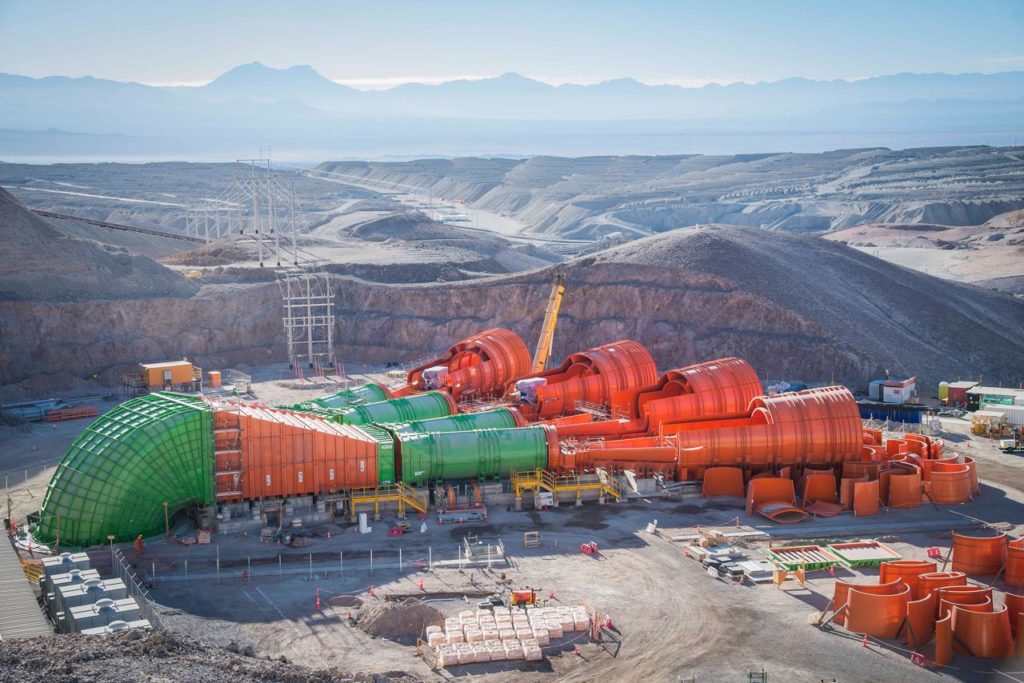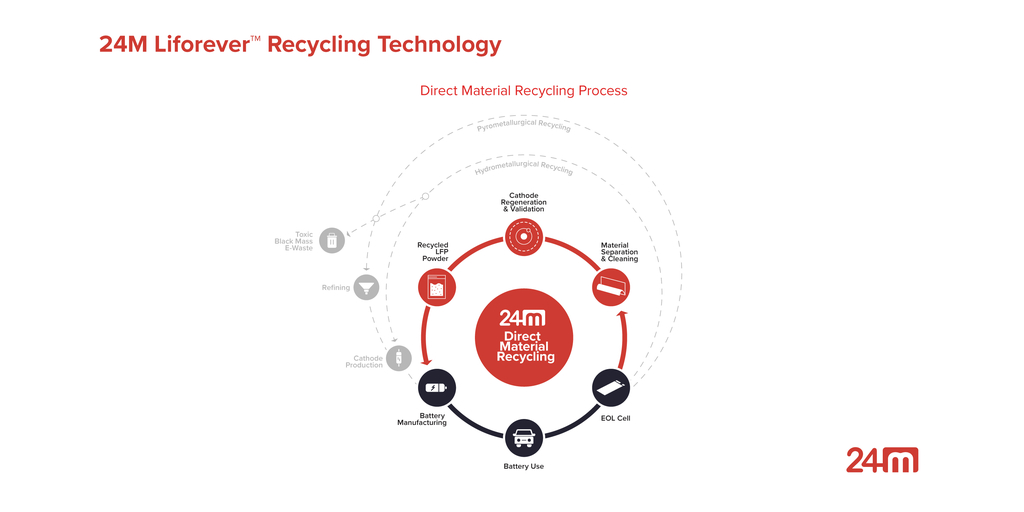
The world’s largest hard-rock lithium mine is the Pilbara Minerals’ Pilgangoora Mine situated in Western Australia. Just a few years ago, people were discussing the scarcity of lithium (you don’t see much around, if you ain’t looking for it.) Then the major concern was that lithium was mainly being sourced from the brine lakes of Chile, putting the local environment and populace at risk.
Fast forward to 2023 when most of the world’s lithium comes from Australia, which has bountiful reserves of hard rock spodumene which can be mined with world class ESG standards. Though, we still end up with big holes in the ground.
“Environmental, social, and governance (ESG) investing refers to a set of standards for a company’s behaviour used by socially conscious investors to screen potential investments,” Investopedia writes. “Environmental criteria consider how a company safeguards the environment, including corporate policies addressing climate change, for example. Social criteria examine how it manages relationships with employees, suppliers, customers, and the communities where it operates. Governance deals with a company’s leadership, executive pay, audits, internal controls, and shareholder rights.”
Pilbara Minerals Managing Director and CEO Dale Henderson tells us: “The company recently completed its financial year 2023 drilling program, with the findings bumping the mineral resource by 109,000 tonnes, or a 36 per cent increase, to the total measured resource. A total of 82 per cent of the mineral resource is considered measured and indicated.
“This significant resource upgrade reinforces our 100 per cent owned Pilgangoora operation as one of the largest hard rock lithium deposits globally. The upgraded mineral resource is consistent with our strategy to grow our operating base and therefore maximise value by achieving the full potential from our world class operation.”
Mr Henderson described the direct exploration cost of only 13 cents per tonne of additional resource as an outstanding result.
Pilbara Minerals is moving up the value chain to mid-stream lithium refining, last week announcing a joint venture with Calix to explore the possibility of producing lithium phosphate. “The material can be produced by heating a variety of iron and lithium salts with phosphates or phosphoric acid.”
Calix declares that “Mars is for quitters” as it urgently creates great businesses to solve global problems. Sorry, Elon. The joint venture plans to build a demonstration plant at the Pilgangoora mine.
The demonstration plant will use Calix’s patented electric calcination technology and is supported by $20m in Australian government funding announced under the Modern Manufacturing Initiative.
Calix CEO & Managing Director Phil Hodgson said: “We are delighted that the Project has passed the Final Investment Decision milestone, and we thank the Australian Government for their support.
“Together, we look forward to demonstrating the potential of our electric calcination technology to dramatically reduce the carbon footprint of Australian lithium. The success of the joint venture will also showcase the opportunity of combining Australian mineral and renewable resources with innovative Australian technology to enable the reliable and sustainable supply of value-added critical minerals to the world.”
The proposed mid-stream refining plant will be powered by renewable energy and will be situated at the mine site, reducing logistics cost. It is expected to have a full production capacity of more than 3,000 tonnes per year of concentrated lithium-phosphate salt product from a feedstock of around 27,000 tonnes per year of spodumene — including lower-grade fine spodumene concentrate.
The demonstration plant will show that: “Electrification of the mid-stream process, including spodumene calcining, can enable the use of up to 100% renewably sourced power and deliver a vast reduction in carbon emission intensity of the lithium product.
“Lower capital and operating costs can be achieved with Calix’s electric calciner compared with conventional calcining processes. A lithium rich product produced at the mine site may enable more value to be captured onshore at the mineral resource.
“Pilbara’s Henderson expects that further exploration this quarter will reveal an updated ore reserve with lithium resources to underpin operations for many years to come, and future expansion of production capacity.
“In a report prepared for The Association of mining and exploration companies, Future Smart Strategies asserts that “The lithium industry will rapidly reposition from a second or third tier ore and metal processor, to a first tier, strategically important industry central to the world’s economy, holding that place for at least the next two decades.”
Pilbara Minerals produced 377,900 tonnes per annum (tpa) of spodumene production in the 2022 financial year, and 620,00 tpa in FY 2023. The aim for the coming year is 680,000 tonnes. FY 2022 generated $1.2 billion in revenue, FY 2023 increased this to $4 billion. Pilbara’s revenue was helped by the 87% increase in the price of lithium to $US 4449 per tonne. “Pilgangoora is expected to achieve an annual nameplate production run rate of 1Mtpa in the March quarter of 2025.”
Australia is the fourth largest mining country in the world, behind China, the US, and Russia. Mining contributed $502 billion to the Australian economy in 2022. Australia’s miners are slowly moving their minerals up the value chain to take advantage of the demand for battery raw materials.
According to The Guardian, the total value of thermal coal exports this financial year is expected to reach $65 billion. But 2027–2028 it is expected to be reduced by 70% while lithium exports are set to triple. Both ending up at about $19 billion per year by 2028.
Metallurgic coal exports are expected to halve, earning $72 billion in the last financial year and then down to $30 billion by 2028, based on data from the Resources and Energy Quarterly report of the Australian government’s chief economist.
For Australian miners, moving upstream in the refining of battery raw materials is encouraged, to offset the future loss of exports of fossil fuels. The reduction from the above figures would be a loss of over $60 billion worth of coal exports. I would expect to see more and more miners doing this as the rEVolution picks up pace. Indeed, the Australian economy and our affluent lifestyle depend on it.
In the words of Australian Prime Minister Anthony Albanese, “Lithium has an extraordinary capacity, we need to not just dig it up.” That’s what he said at the National Press Club in February.
“I want to make sure we use the lithium and nickel and other products that we have to make batteries here. That’s part of the vision of protecting our national economy going forward. I think we should be making solar panels here. I think we should be making so many more things here in order to protect our national sovereignty.”
I don’t like paywalls. You don’t like paywalls. Who likes paywalls? Here at CleanTechnica, we implemented a limited paywall for a while, but it always felt wrong — and it was always tough to decide what we should put behind there. In theory, your most exclusive and best content goes behind a paywall. But then fewer people read it! We just don’t like paywalls, and so we’ve decided to ditch ours. Unfortunately, the media business is still a tough, cut-throat business with tiny margins. It’s a never-ending Olympic challenge to stay above water or even perhaps — gasp — grow. So …




